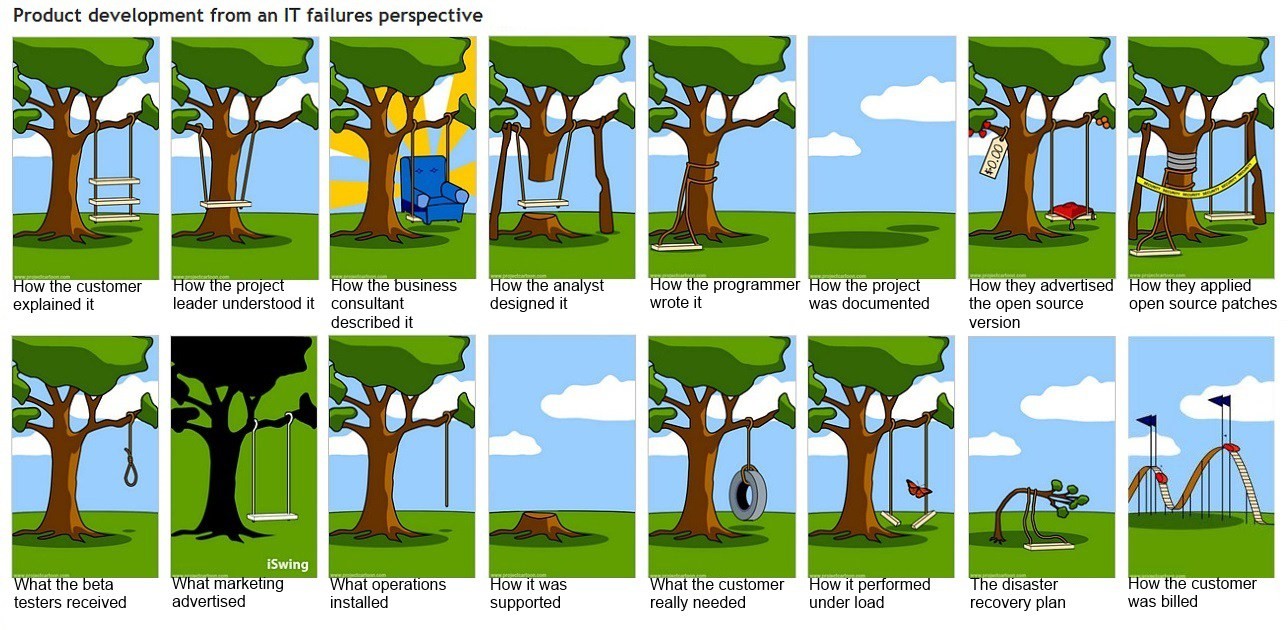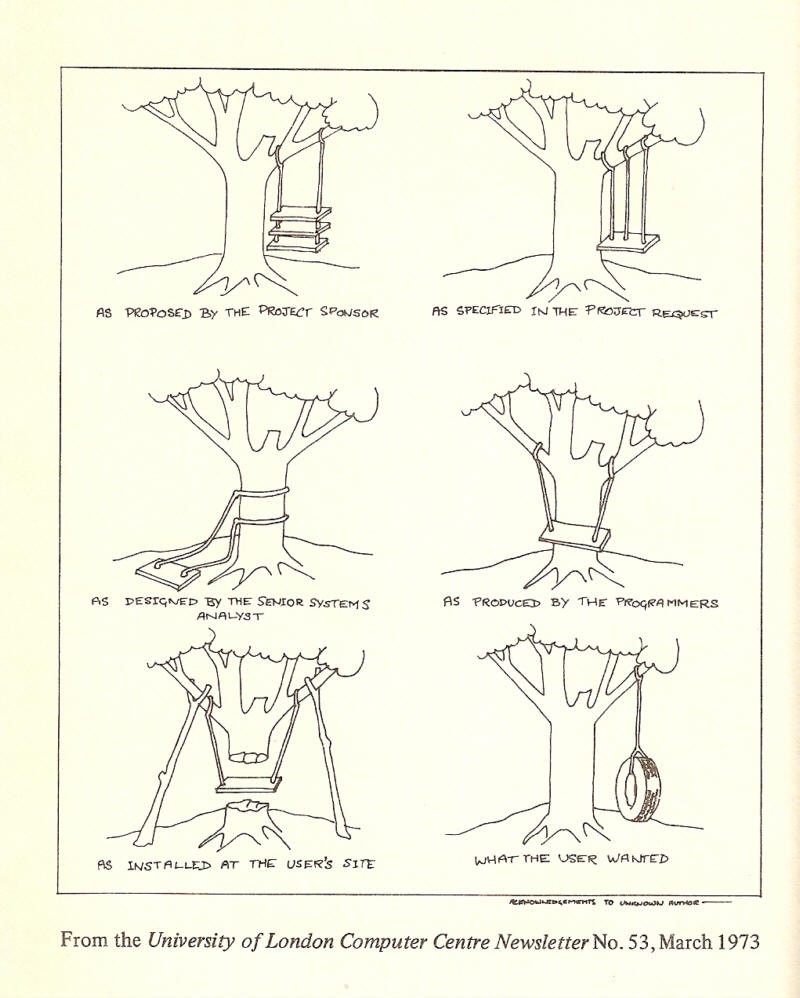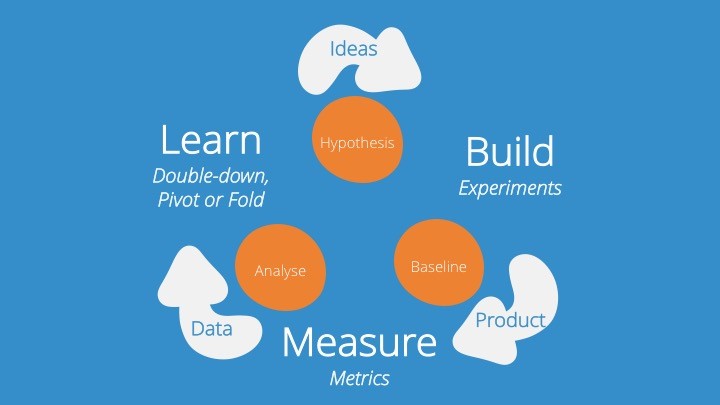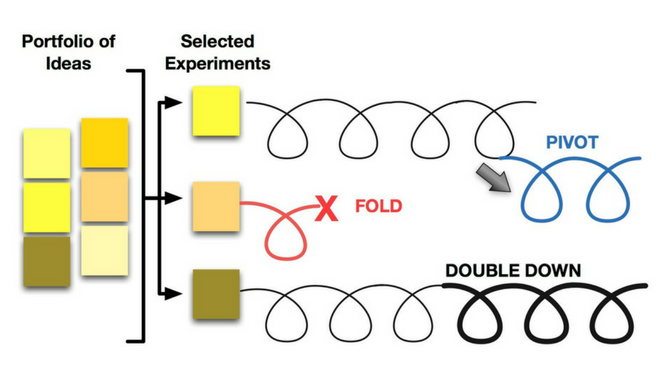According to the decades-old formula, you write a business case, pitch it to investors or a decision maker, assemble a team, deliver some capabilities/features/functionality and start using it. And somewhere in this sequence of events, you’ll probably suffer a fatal setback.
The odds are not with you…
- 1 in 6 IT projects has an average cost overrun of 200% and a schedule overrun of 70%. (Source: Harvard Business Review)
- 91% of projects in large companies were unsuccessful (Source: Standish Group)
- 75% of IT executives believe their projects are “doomed from the start.” (Source: Geneca)
- Only 2.5% of companies successfully complete 100% of their projects. (Source: Sumo)
- 17% of IT projects go so bad that they can threaten the very existence of the company. (Source: McKinsey)
- 78% of IT projects failed to realise even 50% of the originally identified benefits. (Source: Management Today)
- 40% of CFOs find that their IT investments are producing the returns they expected. (Source: Gartner, How to Optimize IT Investment Decisions)
- Study of government projects reveals £2billion in wasted efforts as a result of failed projects (Source: Guardian)
Top 5 reasons why projects fail
According to the ROI Institute, the top 5 reasons why projects fail to deliver promised ROI are:
- Lack of business alignment
- Poorly defined requirements
- Stakeholders are not engaged
- Lack of focus on business results
- Failure to manage organisational change
The famous tree swing cartoon
If you’ve been delivering projects and products for a while you’ve probably come across the famous tree swing cartoon. For me, it is the epitome of the top 5 reasons why projects fail:

Did you know that the history of the famous tree swing analogy goes back to the 1960s in the UK – so project failure is not a new thing; we’ve literally been failing for decades.
Below is an extract from the University of London Computer Centre from March 1973.

What have we learned?
After decades of watching thousands of companies follow this standard regimen, we’ve now learned:
- Business plans rarely survive first contact with customers. As the boxer, Mike Tyson once said about his opponents’ prefight strategies: “Everybody has a plan until they get punched in the mouth.”
- Companies that ultimately succeed go quickly from failure to failure, all the while adapting, iterating on, and improving their initial ideas as they continually learn from customers. (Source: Harvard Business Review)
“Would you rather know that something is going to fail sooner or wait until you’ve spent several months or years, and thousands or millions of pounds of investment?”
The alternative?… Lean Start-up is the answer
Lean start-up makes the process of starting less risky. Lean start-up favours:
Experimentation over elaborate planning,
customer feedback over intuition,
and iterative design over traditional “big design up front” development.
Rather than engaging in months of planning and research, accept that all you have on day one is a series of untested hypotheses – basically, good guesses.
So instead of writing an intricate plan, requirements specification and business case, use Lean start-up methodologies; summarise your hypotheses and then test your hypothesis using a Minimum Viable Product (MVP).
MVP = Minimum Viable Product
“The Minimum Viable Product (MVP) is the version of a product which enables the maximum amount of validated learning about customers with the least effort.”
The term was coined and defined by Frank Robinson and popularised by Steve Blank, and Eric Ries in in the book ‘The Lean Start-up’ (Sept 2011).
An MVP:
- means just enough to gather validated learning.
- reduces costs and risk if the hypothesis fails, for example, due to incorrect assumptions.
- is a strategy for learning about your customers
- doesn’t mean the minimal product to go to market.
- is not necessarily the smallest product imaginable; it’s simply the fastest way to get through the Build-Measure-Learn feedback loop with the minimum amount of effort

An MVP helps you deliver value quicker by building the smallest thing possible to get validated learning with real customers, then iterate on it. Repeat, repeat, repeat…
Benefits of MVPs
- Be able to test a product hypothesis with minimal resources.
- Accelerate learning.
- Reduce wasted hours.
- Get the product to early customers as soon as possible.
Top 10 MVP techniques
- Customer Interviews
- Landing Pages
- Pre-order Pages
- A/B Tests
- Ad Campaigns
- Fundraising
- Explainer Videos
- Manual Back office (aka “Wizard of Oz”)
- Concierge MVPs (manually guide your user)
- Prototypes
MVP Examples
- Dropbox – started with a 3-minute video for their MVP, resulting in signups increasing from 5,000 people to 75,000 overnight—all of this in absence of a real product.
- Virgin Air – began with one plane and one route to validate their assumptions, and then added more planes and routes as they grew.
- Groupon – started as a WordPress blog with a widget that sent PDF coupons via email.
In Part 2 of this blog, to be published later today, I look at some of the common misconceptions and confusions surrounding the MVP.
Andy Birds
Thoughtworks Product Strategist

